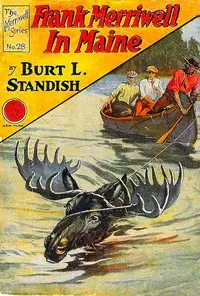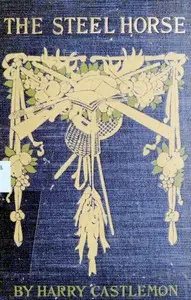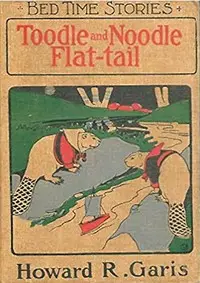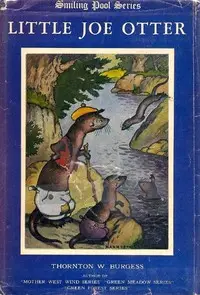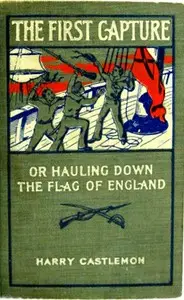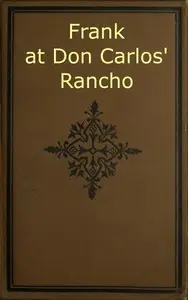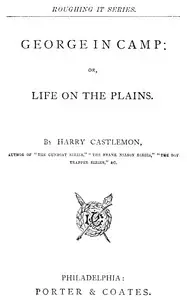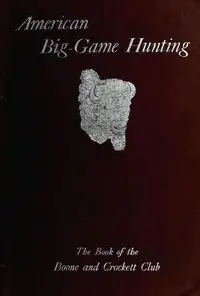** "Joe Wayring at Home; or, The Adventures of a Fly-Rod" by Harry Castlemon is a story set in simpler times about a boy and his fly-rod. The narrative kicks off by introducing us to "Old Durability," Joe's trusty fly-rod that seems almost human and tells its own stories. We quickly realize that "Old Durability" feels a bit left out because Joe seems to prefer newer fishing gear. To prove its worth, the fly-rod embarks with Joe on a thrilling fishing expedition. In the adventure the pair encounter a fierce muskalonge! The story is full of outdoor adventures and the tests of youth. **

Joe Wayring at Home; or, The Adventures of a Fly-Rod
By Harry Castlemon
** A neglected fly-rod sets out to prove its worth in an unforgettable battle against a giant fish, reminding its young owner of the value of true companionship.
Summary
About the AuthorCharles Austin Fosdick, better known by his nom de plume Harry Castlemon, was a prolific writer of juvenile stories and novels, intended mainly for boys. He was born in Randolph, New York, and received a high school diploma from Central High School in Buffalo, New York. He served in the Union Navy from 1862 to 1865, during the American Civil War, acting as the receiver and superintendent of coal for the Mississippi River Squadron. Fosdick had begun to write as a teenager, and drew on his experiences serving in the Navy in such early novels as Frank on a Gunboat (1864) and Frank on the Lower Mississippi (1867). He soon became the most-read author for boys in the post-Civil War era, the golden age of children's literature.
Charles Austin Fosdick, better known by his nom de plume Harry Castlemon, was a prolific writer of juvenile stories and novels, intended mainly for boys. He was born in Randolph, New York, and received a high school diploma from Central High School in Buffalo, New York. He served in the Union Navy from 1862 to 1865, during the American Civil War, acting as the receiver and superintendent of coal for the Mississippi River Squadron. Fosdick had begun to write as a teenager, and drew on his experiences serving in the Navy in such early novels as Frank on a Gunboat (1864) and Frank on the Lower Mississippi (1867). He soon became the most-read author for boys in the post-Civil War era, the golden age of children's literature.


